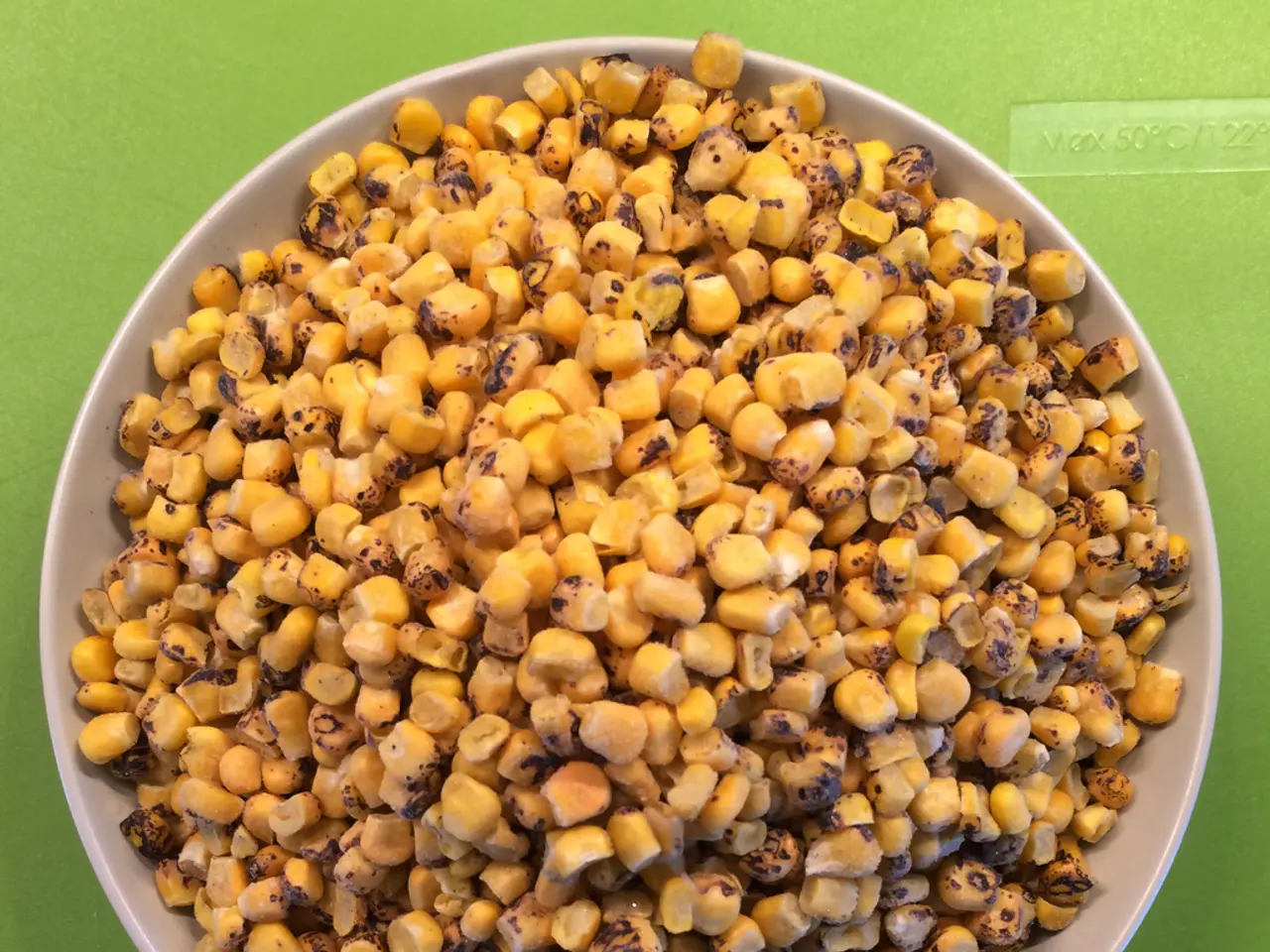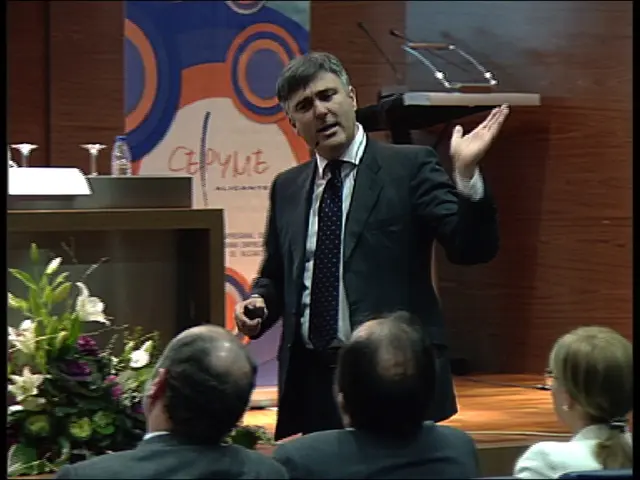Chicken farmers in India face financial strain due to the government's push for increased biofuel production
Small poultry farmers in India are facing challenges due to the country's biofuel program, particularly its push for ethanol production from maize. This staple crop, which is a key ingredient in poultry feed, is being diverted in larger quantities for ethanol production, causing a sharp increase in maize prices and tightening supply.
The government's ethanol-blending policy has incentivized farmers to divert maize cultivation towards fuel production, creating competition for this crop between the fuel and food/feed industries. Poultry feed manufacturers and companies have expressed concerns about the maize shortage impacting production and profitability, with calls for zero-duty maize imports to mitigate feed cost pressures.
This situation arises because maize, a key ingredient in poultry feed, is being redirected in larger quantities for ethanol production. This is part of India’s broader biofuel strategy to blend 20% ethanol with petrol by October 2025. While this policy supports energy security goals, it also conflicts with food and feed security for farmers who depend on maize for poultry farming.
Attempts to shift towards second-generation (2G) ethanol from crop residues, which could ease the food-versus-fuel conflict, have faced delays and economic challenges. The lack of appropriate government pricing for the costlier but environmentally cleaner 2G biofuels has kept first-generation ethanol from maize as the dominant source, continuing to impact maize availability and price.
While the biofuel program has benefited some maize farmers through higher prices, it has negatively affected small poultry farmers by increasing feed costs and creating maize supply shortages. This has potentially forced poultry producers to seek alternative feed sources or rely on imports at concessional rates to sustain production.
Experts suggest that new biofuel technologies, such as second-generation (2G) ethanol, could help reduce the strain on food systems and meet blending targets without compromising food security or land-use change. However, the commercial viability of these technologies remains a challenge.
Sources:
[1] Reuters, 2022. India's biofuel push strains poultry farmers as maize prices soar. [Online]. Available: https://www.reuters.com/business/energy/indias-biofuel-push-strains-poultry-farmers-maize-prices-soar-2022-07-20/
[2] Thomson Reuters Foundation, 2022. India's biofuel push threatens small poultry farmers. [Online]. Available: https://www.trust.org/item/20220726125401-h6r3p/
[3] The Hindu, 2022. Ethanol production: A look at India's biofuel strategy. [Online]. Available: https://www.thehindu.com/sci-tech/energy-and-environment/ethanol-production-a-look-at-indias-biofuel-strategy/article65899516.ece
[4] Business Standard, 2022. India's ethanol production to jump to 11 million metric tonnes by end-2025. [Online]. Available: https://www.business-standard.com/article/economy-policy/india-s-ethanol-production-to-jump-to-11-million-metric-tonnes-by-end-2025-122072700037_1.html
[5] The Economic Times, 2022. Government to promote 2G ethanol to cut land, water footprint of ethanol production. [Online]. Available: https://economictimes.indiatimes.com/news/economy/agriculture/government-to-promote-2g-ethanol-to-cut-land-water-footprint-of-ethanol-production/articleshow/93739540.cms
Read also:
- Unchecked Management of HP Dams Leads to Environmental Disaster: RTI Reveals
- Impact of Trump's Enforced Russia Sanctions Could Compel Putin's Decision-Making
- Nordstrom taps prominent New York residents for their second advertising campaign in the city.
- Harnessing Magnetism's Potential: Revolutionizing Energy Production for a World Transformed








